Rare Rides: The 1999 Mercedes-Benz C 230, the First Modern Compact Mercedes

The Nineties W202 C-Class was Mercedes’ second-ever compact car offering, after its debut small car the 190. Not made of the heritage-level materials of the 190, the W202 cars were largely trashed at the bottom of their depreciation curve a decade ago by second and third owners.
Said trashing is why today’s very clean example is so unusual.
Mercedes realized by the Seventies it would have to reach a bit lower on the societal ladder to increase sales and profits. The company spent a lot of time and money on the development of the W201 190, but that’s a story for another Rare Rides.
The 190 had a very long production life and continued from 1983 through the 1994 model year before its replacement. By 1986 Mercedes was working on a replacement, the eventual W202. The W202 would end up with stiff competition from other makes outside BMW after its introduction, as nearly every luxury manufacturer expanded into the upscale compact game in the Nineties.
Mercedes legend Bruno Sacco started the design work in 1987, but his design was not chosen for production. There were two distinct design directions by late in 1988: Sacco’s design and one by Olivier Boulay who’d just joined Daimler in 1987. Boulay’s design won, and the C-Class’ production look was decided in January 1990. Boulay still works for Daimler in China and was responsible for the Maybach 57 and 62 you know and love.
The W202 entered production in May of 1993 and shipped for model year 1994. More technologically advanced than the ancient 190, the C-Class sported a lineup of modern engines that varied extensively by market. At the lower level was an inline-four of 1.8- to 2.3-liters displacement, and next up was a 2.0-liter supercharged (Kompressor) inline-four, a 2.8 I6, V6s of 2.4- to 2.8-liters, and some diesels: 2.0-, 2.2-, and 2.5-liter displacements, with four or five cylinders. The AMG range had three different offerings, too: A 3.6 I6, 4.3 V8, and the range-topping 5.4-liter V8. That important engine debuted with the C-Class and spread across the range into the E, G-Wagen, and the SL among others.
Though other places also received a wagon to supplement the sedan range in 1996, wagon-hating North America was not on the list. Instead, only sedans were delivered, and the most basic one was the C 220 (later revised into the supercharged C 230). Worth noting, Mercedes did not wish to tarnish its luxury image with the cheapest C-Classes that sported tiny diesel engines and wheel covers, so those were outside the product offering. C 280 was the mid-level trim and represented I6 and V6 power, alongside eventual AMG offerings. AMG variants for North America sat roughly an inch higher than their European market twins since North Americans preferred more ride comfort.
Only one notable revision occurred to the C-Class, a visual refresh for 1997. New wheels, exterior trim, bumper covers, color-match side skirts, and smoked look rear lamps. The C-Class continued until the 2000 model year when it was replaced by the much worse, cost-cut W203. Maybe we’ll talk about that one later.
Today’s Rare Ride was for sale recently on Facebook in Illinois. A later run C 230 with a supercharger, it had just 88,000 miles on the odometer. Burgundy over cream, the exterior looked very clean and the inside like new. Your author hadn’t seen one that clean in a very long time, or really any first-gen C-Class in a while. It sold for a reasonable $5,995.
[Images: Mercedes-Benz]

Interested in lots of cars and their various historical contexts. Started writing articles for TTAC in late 2016, when my first posts were QOTDs. From there I started a few new series like Rare Rides, Buy/Drive/Burn, Abandoned History, and most recently Rare Rides Icons. Operating from a home base in Cincinnati, Ohio, a relative auto journalist dead zone. Many of my articles are prompted by something I'll see on social media that sparks my interest and causes me to research. Finding articles and information from the early days of the internet and beyond that covers the little details lost to time: trim packages, color and wheel choices, interior fabrics. Beyond those, I'm fascinated by automotive industry experiments, both failures and successes. Lately I've taken an interest in AI, and generating "what if" type images for car models long dead. Reincarnating a modern Toyota Paseo, Lincoln Mark IX, or Isuzu Trooper through a text prompt is fun. Fun to post them on Twitter too, and watch people overreact. To that end, the social media I use most is Twitter, @CoreyLewis86. I also contribute pieces for Forbes Wheels and Forbes Home.
More by Corey Lewis
Latest Car Reviews
Read moreLatest Product Reviews
Read moreRecent Comments
- 28-Cars-Later Actually Honda seems to have a brilliant mid to long term strategy which I can sum up in one word: tariffs.-BEV sales wane in the US, however they will sell in Europe (and sales will probably increase in Canada depending on how their government proceeds). -The EU Politburo and Canada concluded a trade treaty in 2017, and as of 2024 99% of all tariffs have been eliminated.-Trump in 2018 threatened a 25% tariff on European imported cars in the US and such rhetoric would likely come again should there be an actual election. -By building in Canada, product can still be sold in the US tariff free though USMCA/NAFTA II but it should allow Honda tariff free access to European markets.-However if the product were built in Marysville it could end up subject to tit-for-tat tariff depending on which junta is running the US in 2025. -Profitability on BEV has already been a variable to put it mildly, but to take on a 25% tariff to all of your product effectively shuts you out of that market.
- Lou_BC Actuality a very reasonable question.
- Lou_BC Peak rocket esthetic in those taillights (last photo)
- Lou_BC A pickup for most people would be a safe used car bet. Hard use/ abuse is relatively easy to spot and most people do not come close to using their full capabilities.
- Lorenzo People don't want EVs, they want inexpensive vehicles. EVs are not that. To paraphrase the philosopher Yogi Berra: If people don't wanna buy 'em, how you gonna stop 'em?



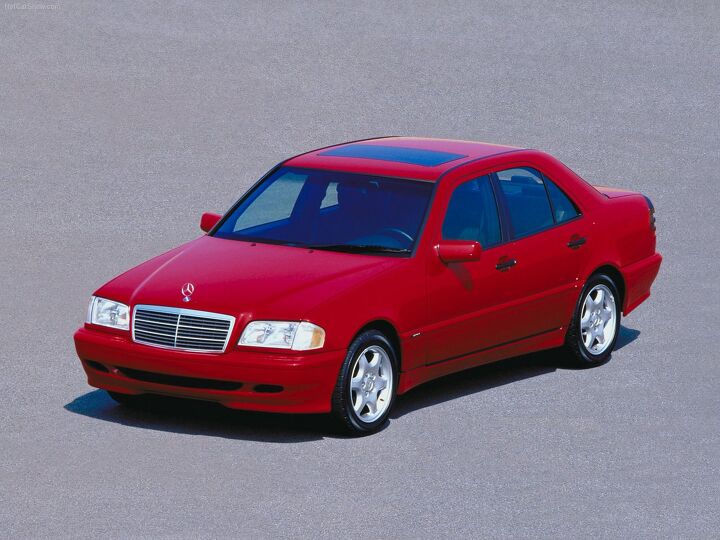
















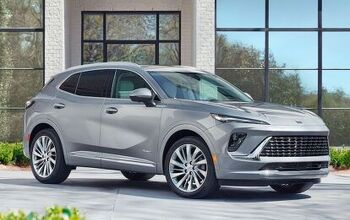
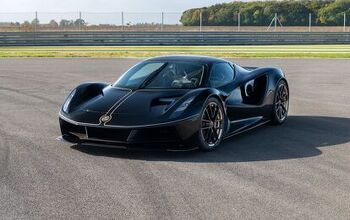

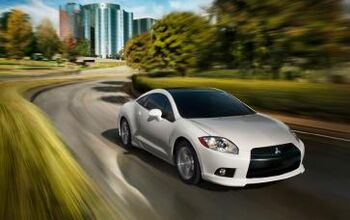

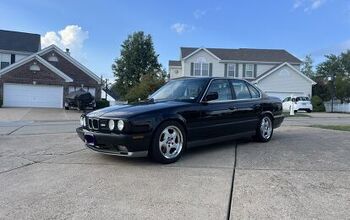
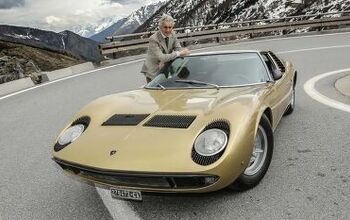
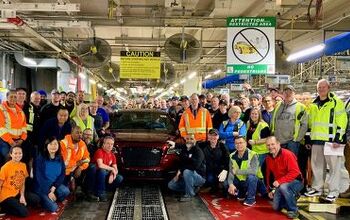


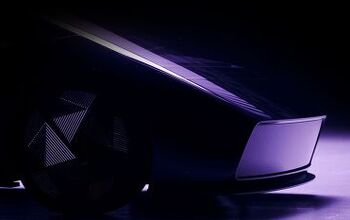
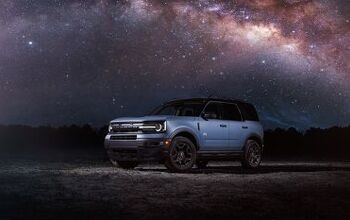
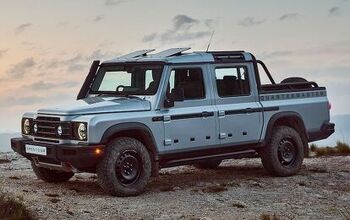

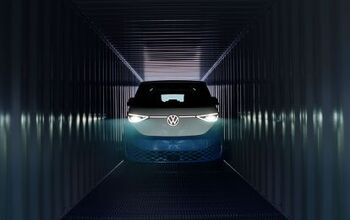
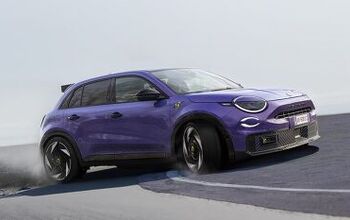

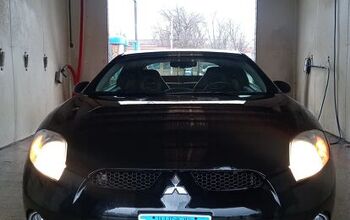
Comments
Join the conversation
The C of that era had an optional telescoping wheel, $100 in the US (IIRC); it only moved a couple inches though. Drove my 1996 18+ years before a LOL t-boned my family and destroyed it (we walked away, no injuries). Drive a 190E 2.6 for 5 years before the C. I think it was more an old-school Mercedes than the C was - built like a tank, doors closed like a bank vault, every control felt like it would last forever. I especially recall the power window switches were so stiff it almost hurt to uses them. The C was much more mass-market, but still worthy.
I looked at some C-series before buying my Lexus GS and found the materials quality to be really underwhelming, peeling plastic 'chrome,' faded paint, split seams in the seating were common.